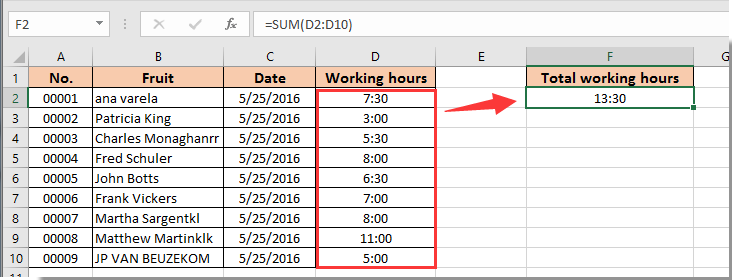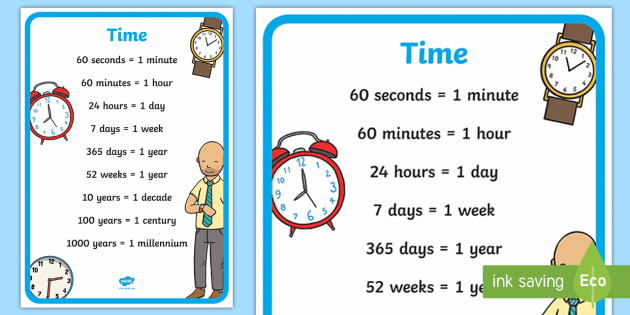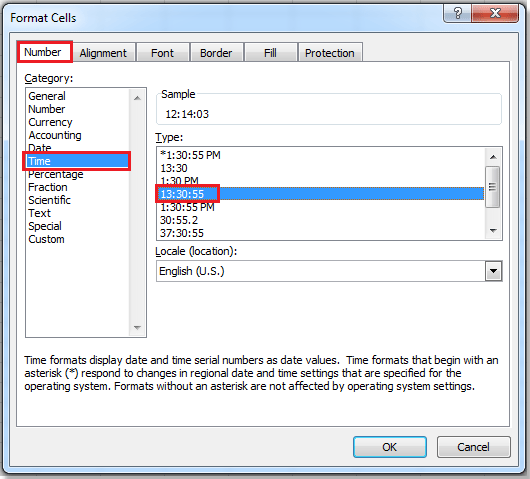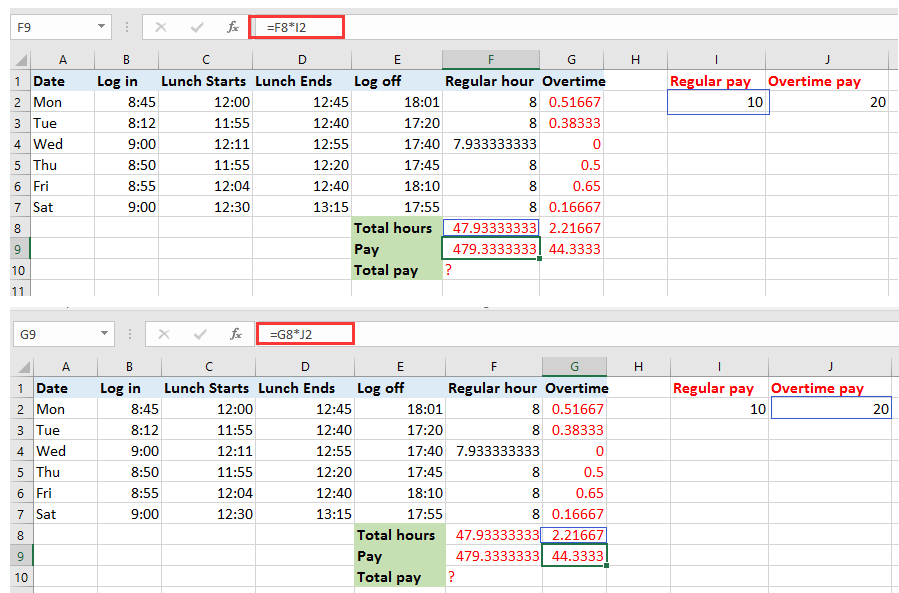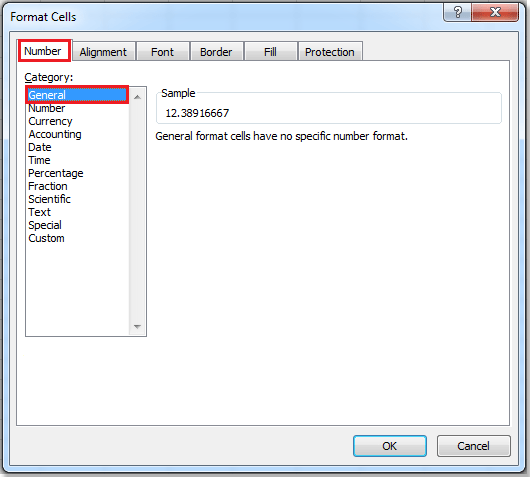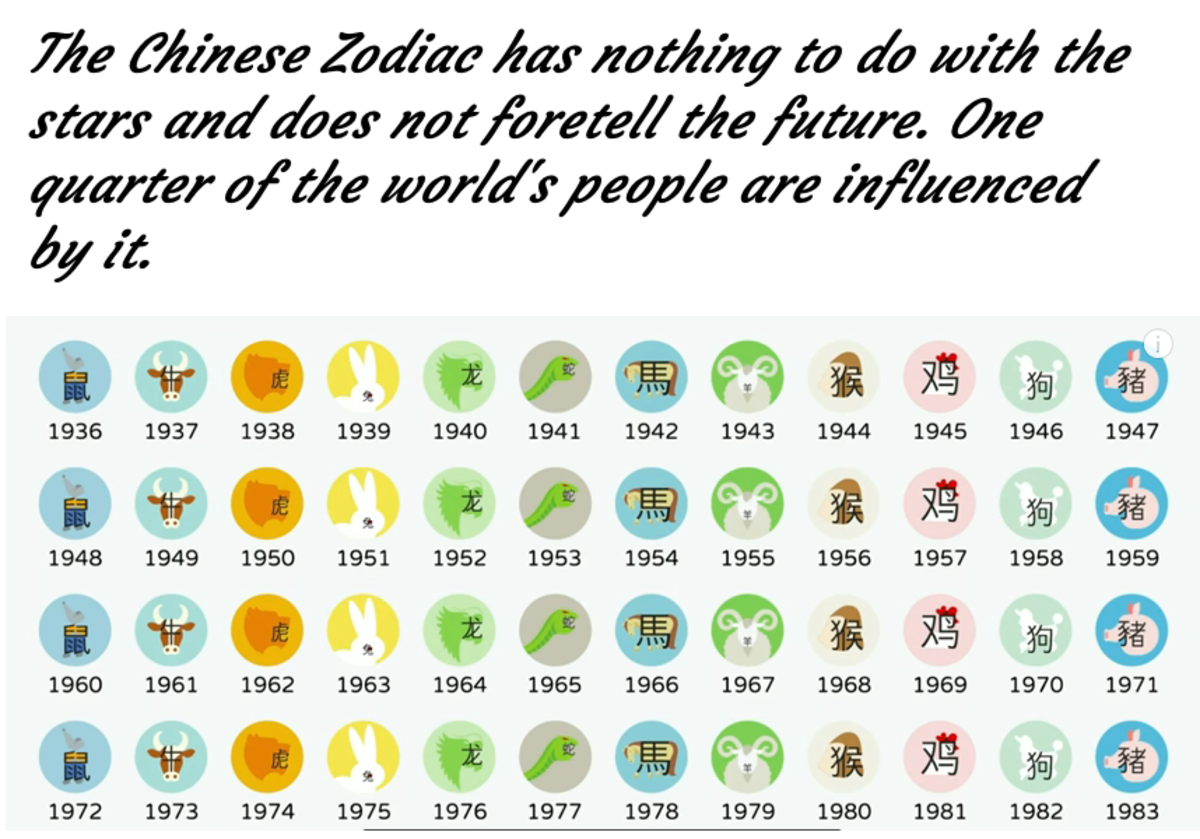Working with Time in Microsoft Excel | Time Functions and Conversion Do you need to add or subtract time in Excel? Some time calculations are easy, but depending on how the time is entered, you may need to use the TIME function or formula to add or subtract time. For example, if you have 9am in B2, and in cell C2, you have 3, for three hours, you can't add them with B2+C2 and get the correct answer without the TIME function. Further on in this tutorial, you will find the detailed explanation of the first way and formula examples demonstrating the other technique. There are other functions and calculations you can use to calculate time but the strategies we've used here are useful for many scenarios.
Working with time can be tricky and if start times and end times are not entered correctly, you won't be able to calculate time differences. If you want to learn a few more helpful formulas to add and subtract times, calculate elapsed time and time difference, please check out other parts of our Excel Times tutorial . I thank you for reading and hope to see you again next week. Once you do this it will convert that time difference into hours and minutes instead of normal time format. Times are entered as hours, minutes, and seconds. When you add hours in Excel, you can have the result return as total hours and minutes, but unfortunately, not as days, hours, and minutes.
Displaying that will take some extra work. In this tutorial, I will show you some examples of converting time to a decimal using formulas (i.e, converting time to hours, minutes, and seconds). The tutorial demonstrates different ways to convert time to decimal in Excel.
You will find a variety of formulas to change time to hours, minutes or seconds as well as convert text to time and vice versa. Although you can convert seconds to minutes and seconds in Excel, it can be a bit tricky to convert and display times in combined units . Because time is calculated in Excel as a fraction of a day, you can convert fractions to appropriate time increments by combining calculations and custom number formatting. It may be useful to convert the time in Excel from the standard hours and minutes format to seconds only. In order to do this, there are two main methods.
The best method is to sum the formulas HOUR, MINUTE, and SECOND to get the total seconds. The following methods determine how many seconds have elapsed from midnight . Both methods have Excel convert time to seconds. It is very simple to automatically convert minutes to hours in Excel.
We can use simple math to achieve the result we want. This step by step tutorial will assist all levels of Excel users in converting minutes to hours. Exactly within the data to be managed in Excel 2019, there is the time type data . This is why for many users confusion or errors are generated when performing this task.
I'm pulling my hair out trying to fix a gremlin in a spreadsheet for work. My Boss started constructing it to report on Standard hours worked, Overtime hours and Higher grade paid time. All fine so far, however for some reason it always shows 35 standard hours . It wasn't an issue until I tried to add in nightshift higher grade hours, as its now adding unworked daytime hours to my total. I know I'm asking a lot here but could you explain how to convert "Duration in seconds " to a readable format of years,months,weeks,days,seconds in Excel?
I see all sorts of ways to convert date to date, etc but not "duration" of time in seconds! I need a way to convert it into a readable format of years, months, weeks, days, hours and seconds. I can do it in Perl, C and others but not in Excell. Here is a simple tutorial which helps to calculate the difference between two times in a single time unit ie., hours ,minutes or seconds.
Using the formula provided below count hours, minutes or seconds between two times. In the cell where you want to see the result, write the formula, this time subtracting the start time with the arrival time. This will reflect the time, or hours with minutes included, that were used in an activity. Excel has a special way to treat Date Time value but most people are not aware of that. After you understand the meaning of the numerical values, you can easily calculate Excel time difference. From within the 'Type' list, select a time format that displays an hour value that is greater than 24, before clicking on the OK button, to close the dialog box.
Formulas are the key to getting things done in Excel. You'll also learn how to troubleshoot, trace errors, and fix problems. You can combine calculations and custom number formatting to display minutes and seconds in Excel. There are several time formats in this dialog box. Codes include h for hour, m for minute and s for seconds.
Can you please help me with the formula needed to calculate the time difference in my example below? I keep getting the incorrect amount when the start and end time crosses days. The cell that will reflect the result of the sum, introduces the sum function and includes the cells to be added. Remember that this cell must also have the same time format as the others.
Is there a potential solution for correcting the formatting. When Pasting time values from different systems they will show the minuets as hours and others will be correct. This is causing issues with my data tables. As you see, the formulas with cell references and corresponding text strings deliver identical results.
Also, please notice the left alignment of time strings in cells A2 and A6 and right-aligned converted time values in column D. If your time formulas and calculations do not work right, time values formatted as text is often the cause. The fastest way to convert text to time in Excel is using the TIMEVALUE function. Delete the formatting in the Custom date and time formats box, and then click on the drop-down box to the right of the custom format box to display all the date and time options.
You then use custom formatting to display the days as well as the hours, minutes and seconds. To enter a duration, type the hours, minutes and seconds with a colon separating each. If you have the duration formatting current, the value will be formatted to the right of the cell.
Subtracting time units in Excel is useful for measurements such as the length of an event or for determining the current date and time in different parts of the world. Before performing such a subtraction, you need to change the format of the two cells that are part of the operation. Finally, you can use a third cell to display the result. In this formula, after deducting start time from end time we have multiplied it by 1440 which is the total number of minutes we have in 24 hours. It happens sometimes that you need to track time difference in minutes instead of hours, and in this case, the best way is to use the below formula. Well, in excel 2016 calculating the time difference is quite easy.
You just need to subtract the start time from the end time. While working with time and dates in excel, you frequently get the need to calculate hours, minutes and seconds between two timestamps. Therefore, it may complicate us a bit when applying the calculations. But don't worry; Then, we explain how you can add hours, minutes and seconds , step by step.
In the cell where you want to see the result, write the formula, this time subtracting the check-out time with the check-in time. In this way the time will be reflected, or the hours with minutes included, that have been used in an activity. To calculate the difference between two times in the same day, simply subtract the start time from the end time. To add up times in Excel, simply use the SUM function. To display a total of more than 24 hours, change the Time format. Use the TIME function in Excel to add or subtract hours, minutes and seconds.
This is how you split date and time in Excel. If the separated date and time values are not displayed properly, change the format of the new columns to Date and Time, respectively. If any of the above formulas returns a value formatted as time, simply change the cell's format to Generalto display it as a number. Once you have done this, you will get the time value as a number. In order to display the time value as a valid time ie in minutes and seconds, you need to format the cell with custom formatting.
You can use conditional formatting in Excel to highlight cells containing dates before today or within a date range before the current date. In a worksheet, you can use conditional formatting to highlight selected cells by filling them with a color based on rules or conditions. This type of formatting is helpful if you want to highlight past due dates such as invoices that are 30, 60 or 90 days overdue.
Here is the total second in 24 hours and when you enter this formula it will return the difference in start and end time in seconds. If somehow you have seconds in your time values then you use below formula to get the total complete minutes between start and end time. And when further you multiply it by 24 it converts that decimals into the number of hours and minutes. The first thing to do is to change the format of cells in which we will enter the time. The selection is made with the left mouse button. If you are going to choose several cells at the same time, combine the keys "Ctrl + left mouse button " , without releasing the CTRL key.
The row that houses the total as hours can, of course, be hidden. That's it folks, how to convert a number in Excel to minutes and seconds. Have you had experience of converting time values in Excel. There are 1,440 minutes in a day, to get the minute number from a TIME value is to multiply it by the number 1440.
One day is 24 hours, to get the hour number from a TIME value is to multiply it by the number 24. The first thing to do is change the format to the cells where we will enter the time. If you are going to choose several cells at the same time, combine the keys «Ctrl + left mouse button », without releasing the CTRL key.
To add 2 hours and 30 minutes to this time, enter the formula shown below. You then use custom formatting to display the hours as well as the minutes and seconds. This tutorial will demonstrate how to convert seconds to time in days, minutes and hours in Excel and Google Sheets. But with above method, you cannot get accurate result when the result is formatted as hours or minute only. However, with Kutools for Excel's Convert Time utility, you can convert the result to accurate decimal hours or minutes or seconds. Now next you need to convert this time into hours and minutes.
If you work with data where you have time values then the tips which I'm going to share today can be helpful for you. When you convert a time to a decimal, the cell containing the result may have the wrong formatting (e.g. the result may be displayed at a time, instead of a decimal). In TechnoWikis we will explain how to display the correct result of the sum of hours, minutes and seconds in Excel 2019.. The first line of functions here uses the HOUR(), MINUTE(), and SECOND() functions and the second line uses the long format formulas. This exhibits the situation where the hours exceed 24 and the HOUR function won't work correctly. This format allows you to use the time to calculate wages, sum total time worked, and more, without any formatting confusion.
This method changes the internal format of the number so that it will no longer be in the time-serial format in Excel - this just means that Excel won't see it as a date anymore. Formula examples for hours, minutes, and seconds being added or subtracted from time. In either case, a cell formatting dialog box appears.
In the right section that says "Category", choose "Custom" . In the below table, Cell A2 and B2 record the check in time of and employee, we try to find how many work hours are between check in time and check out time. Since we want to check the time difference between two time within the same day, we can just leave the date default as Jan 0, 1900. More specifically, converting a number into minutes and seconds. Let's say you have a data extract of numbers, a bit like in the screen shot below . These however, are not just numbers, they represent timings in a test script.
They are actually time records in seconds. What we need to do is to communicate the results in minutes and seconds to the test team. It is once we understand how Excel deal with time. Just like we used these functions to get the hour value, you can also use these to convert time to minutes. Thankfully Excel has some awesome formulas, you can easily convert time to decimal values.
All depends on you, which solution is the most convenient for you. For me formula #1, the multiplication formula is the simplest. Formula #2 uses one excel function, and the most complex is formula #3 using three excel functions plus multiplication and division formulas. Therefore, it can complicate us a bit when applying calculations. But do not worry; then, we explain how you can add hours, minutes and seconds, Step by Step.
Hi - I'm Dave Bruns, and I run Exceljet with my wife, Lisa. Our goal is to help you work faster in Excel. We create short videos, and clear examples of formulas, functions, pivot tables, conditional formatting, and charts.Read more.
I will be adding it all up and providing some statistical info on the changes, as there are two columns with similar data. Sometimes the second column has no value, contains the word "Removed" or is Zero "0 mins". Can you please help convert decimal 37.5 to hours and minutes. I am trying to keep track of my employees hours worked in Excel. I do not need to calculate their "In" and "Out" times, but instead calculate their bi-weekly total hours to ensure they do not go over their allotted 69 hours per month.


